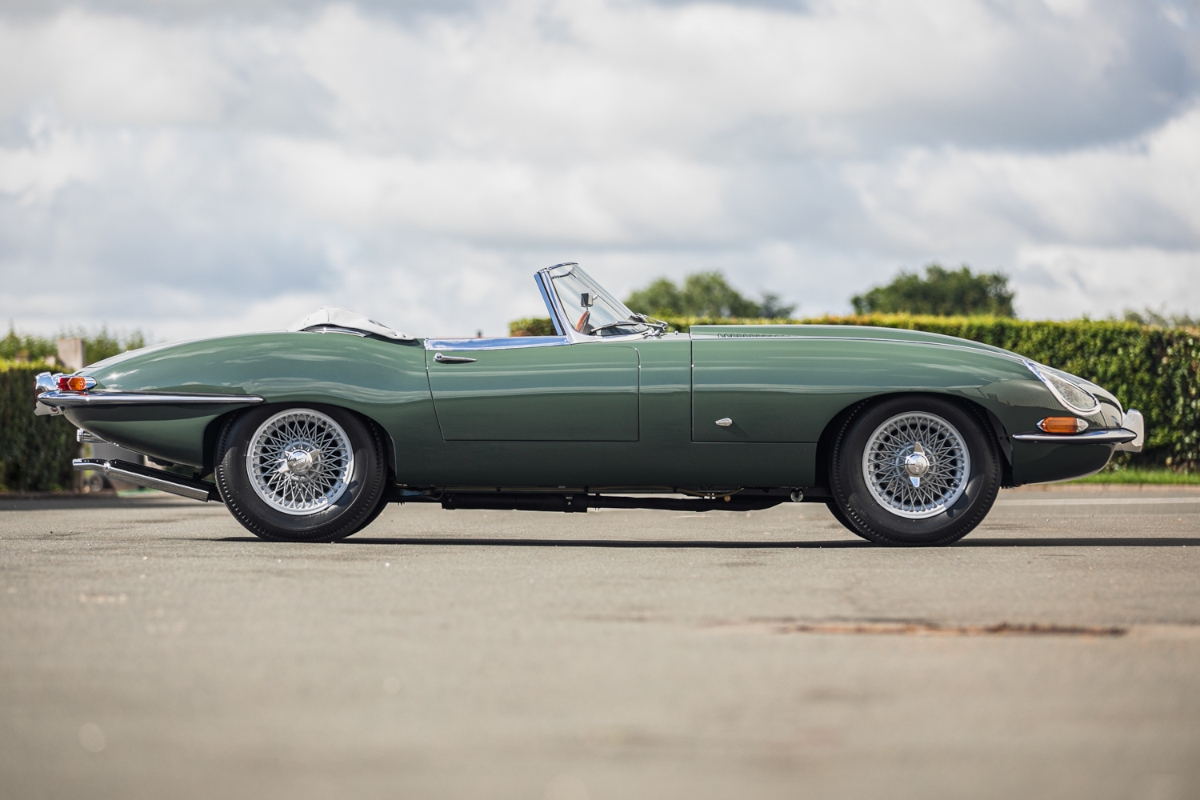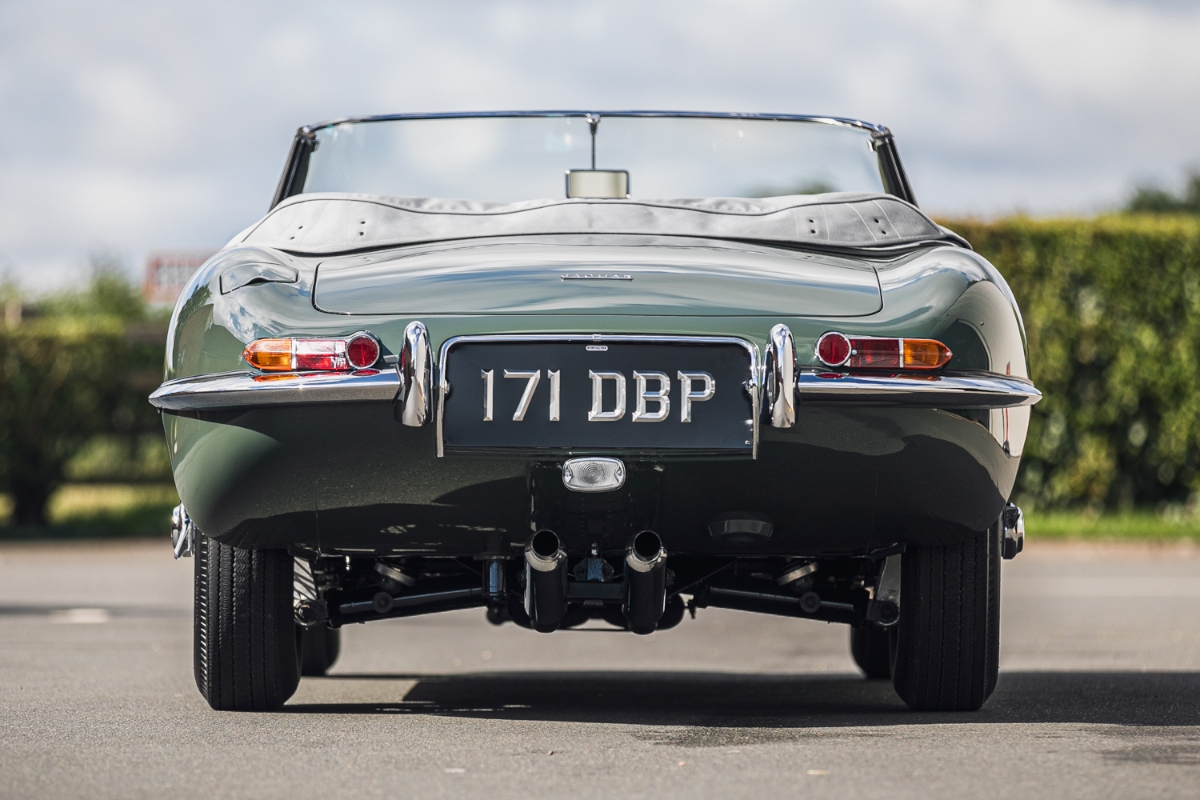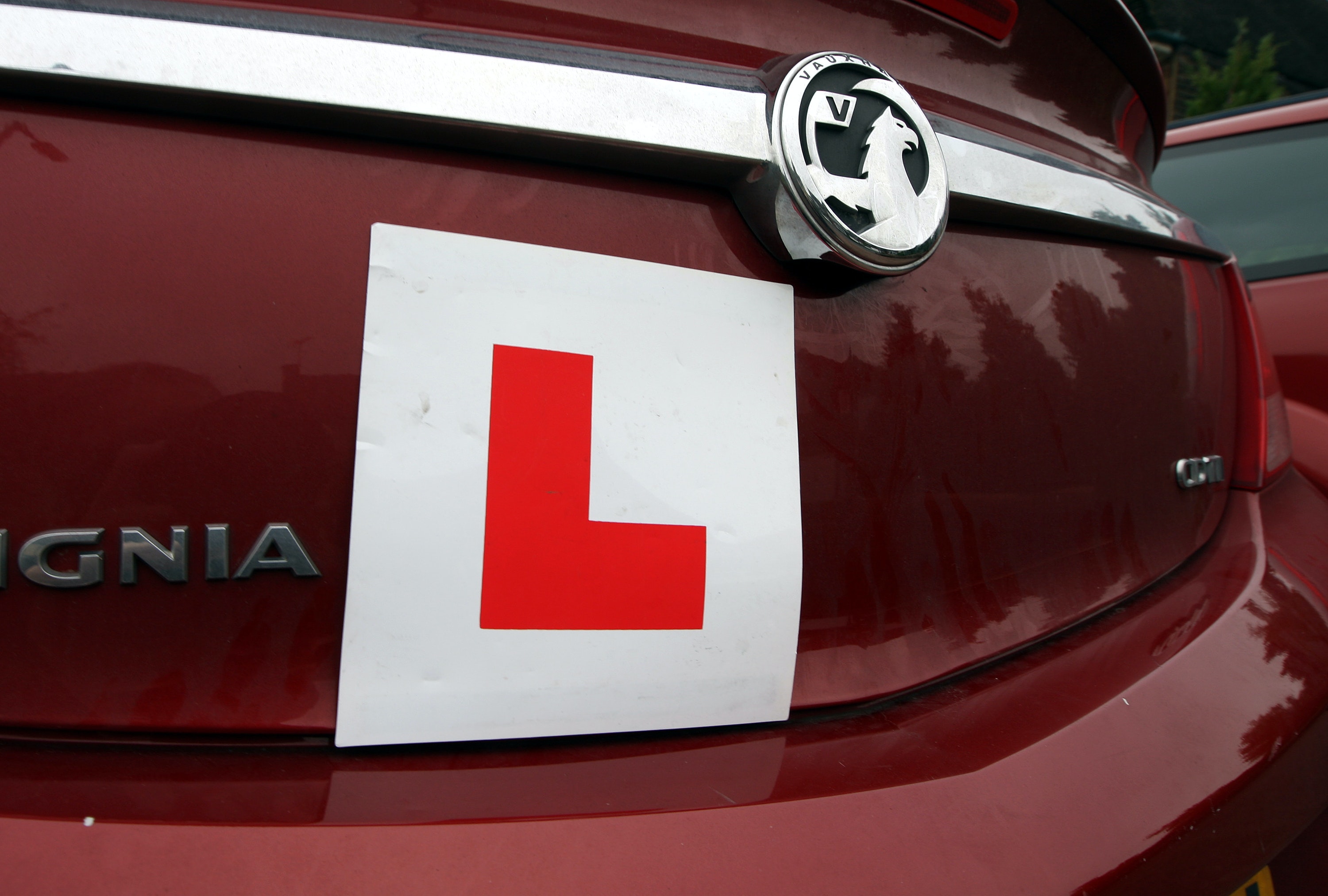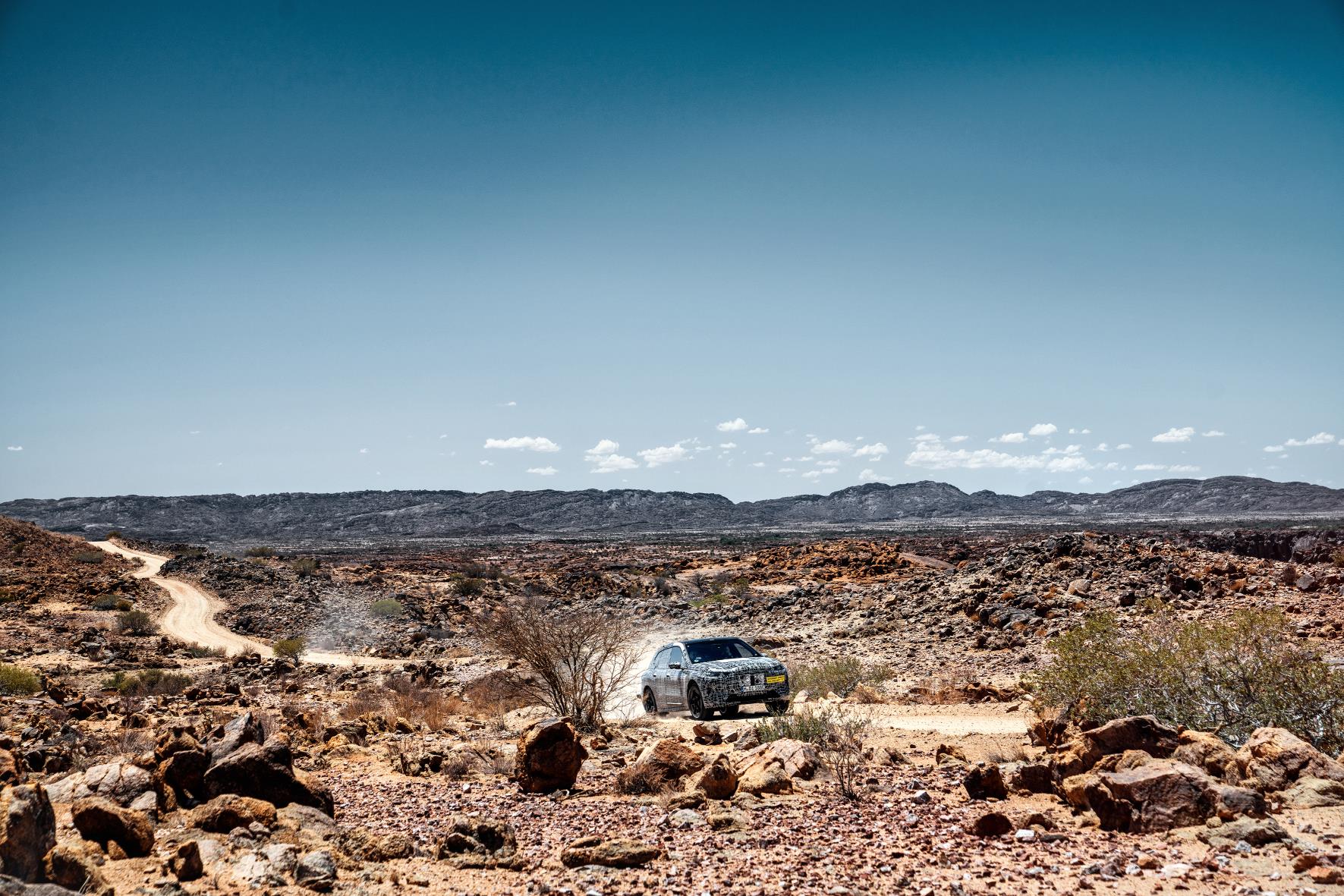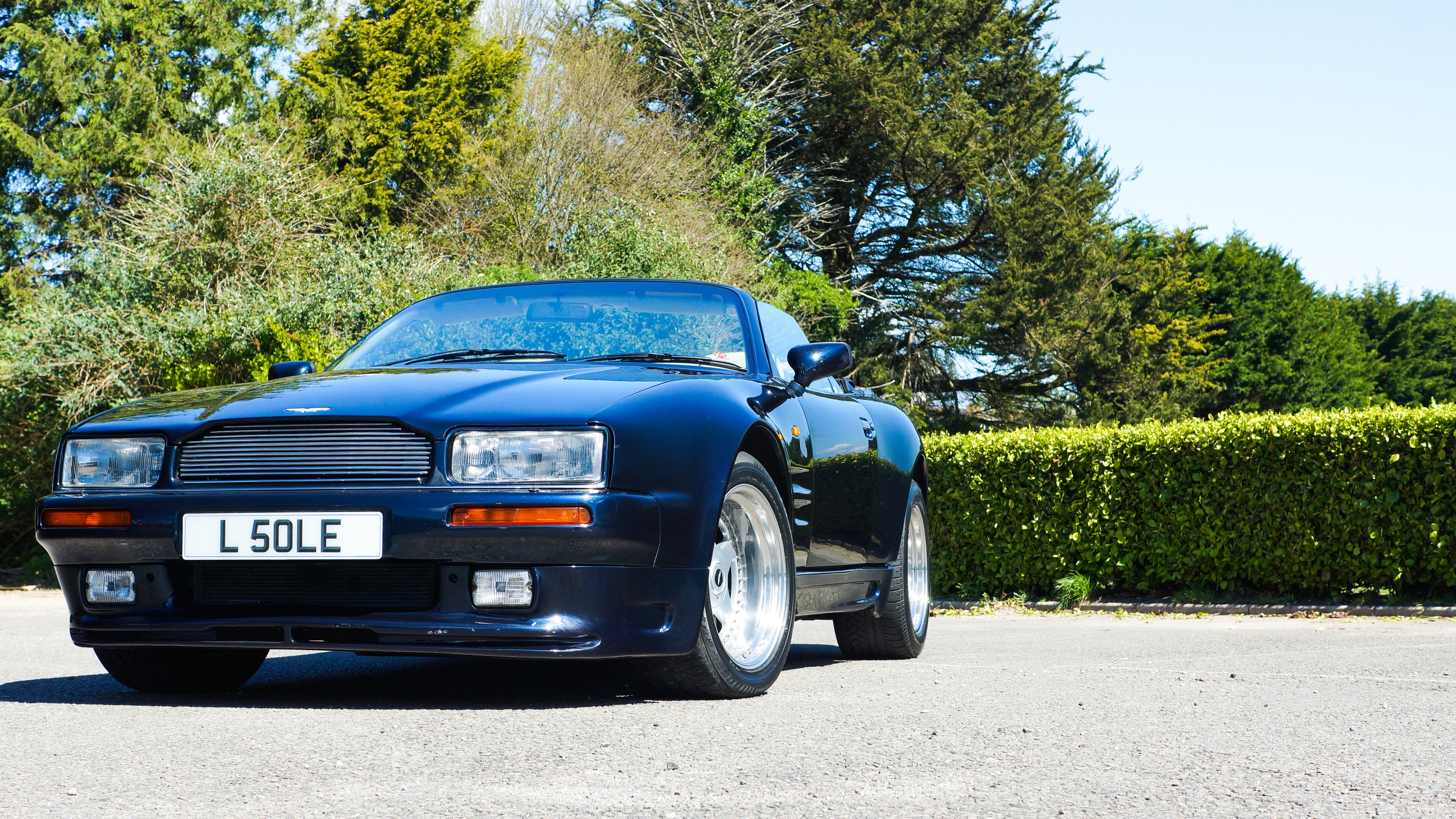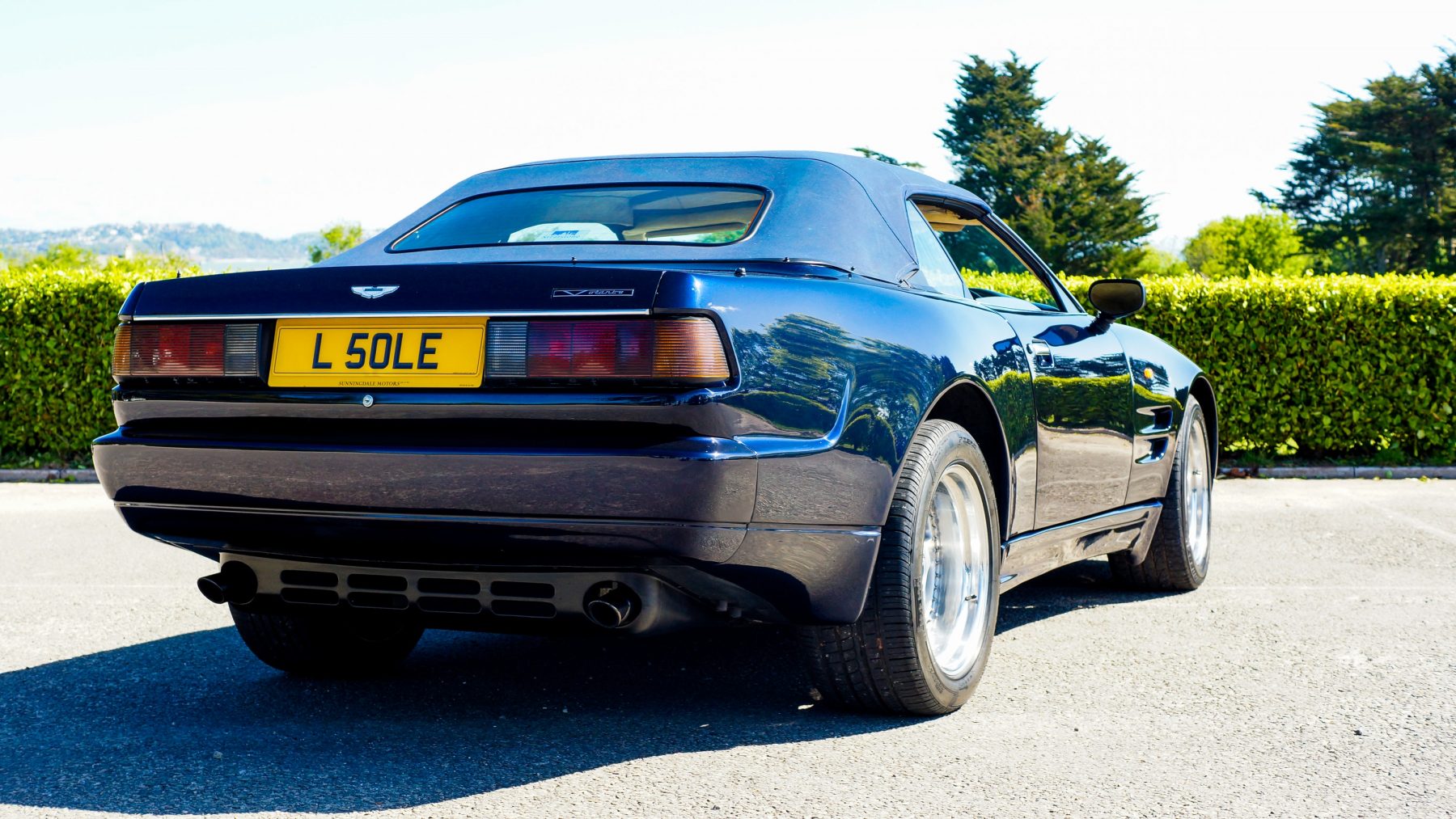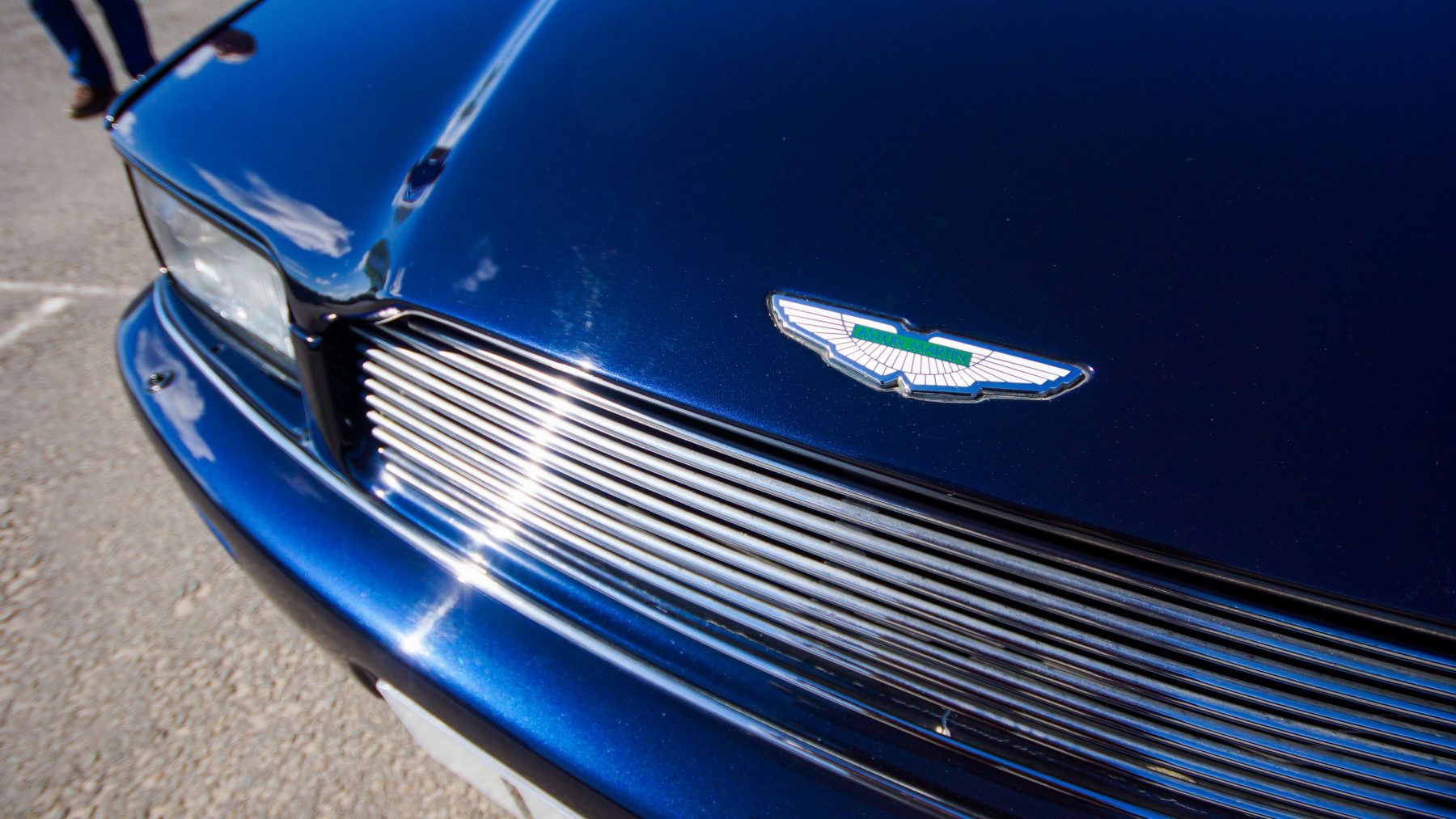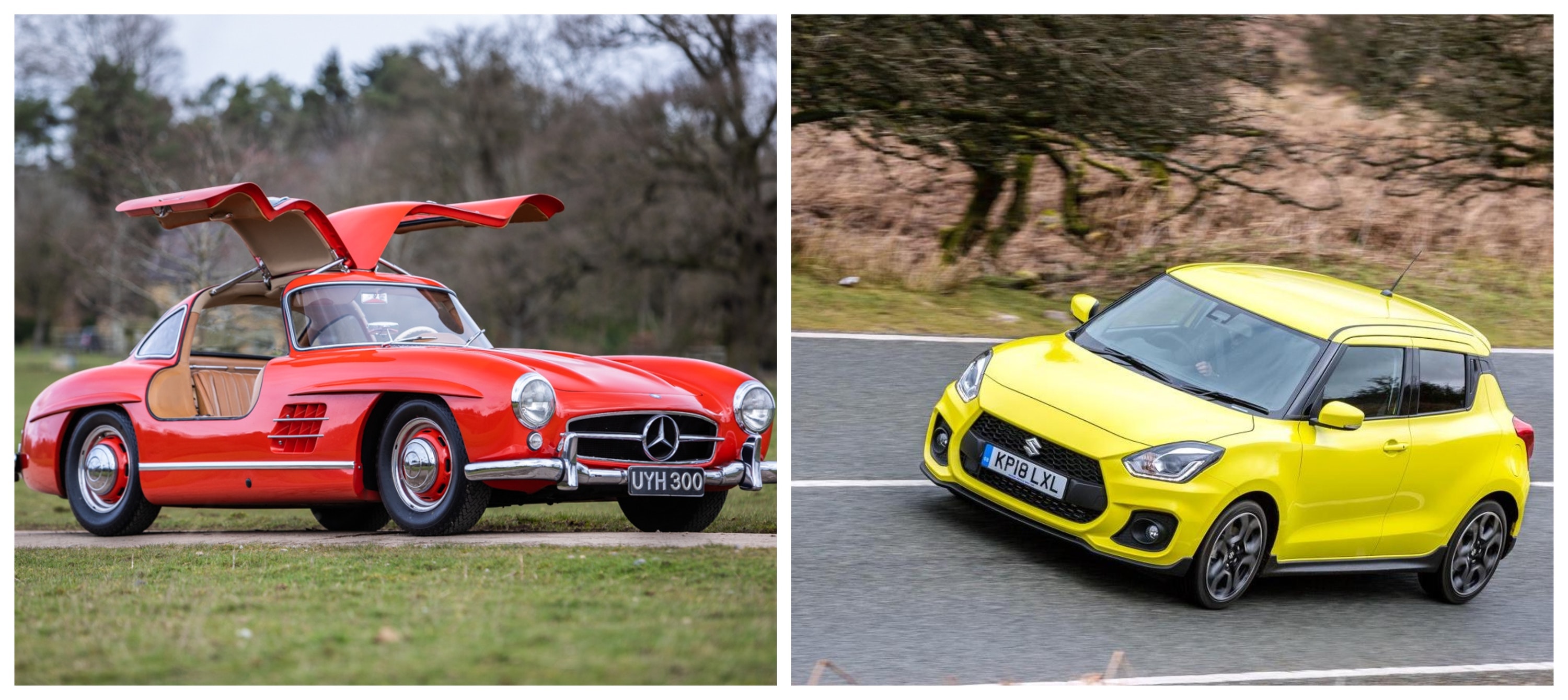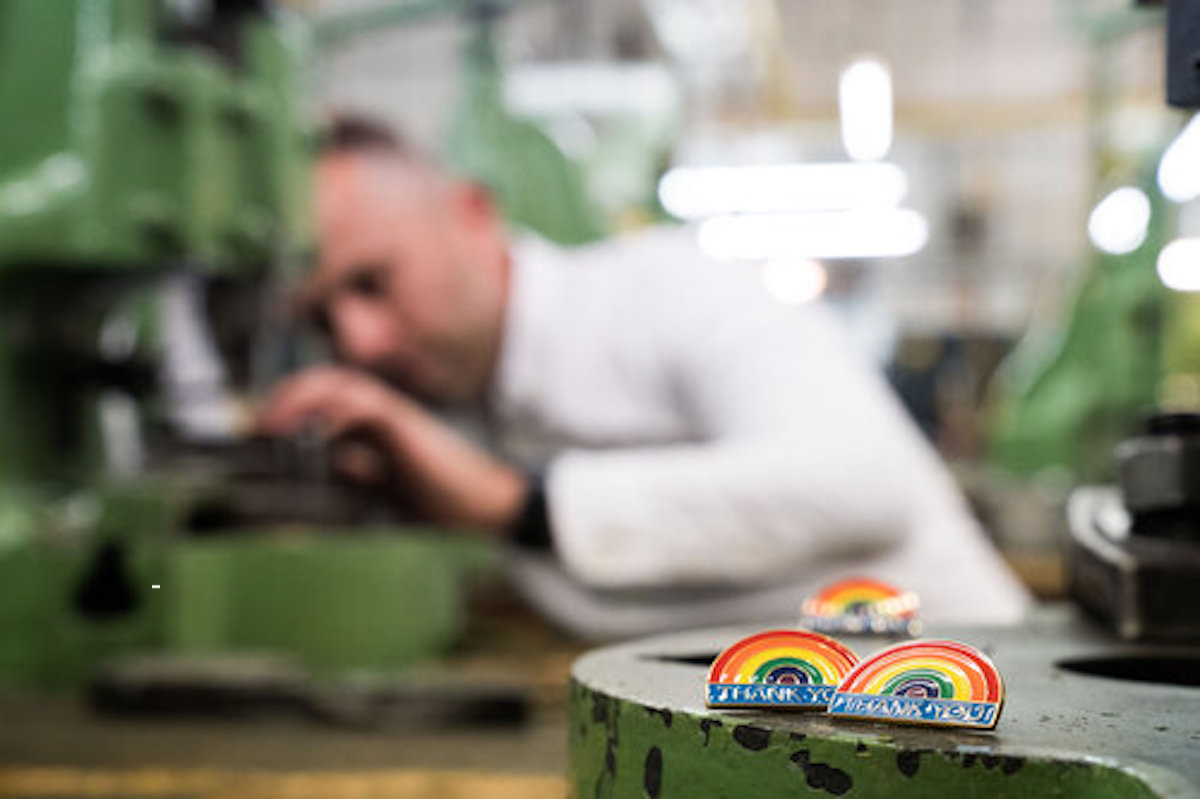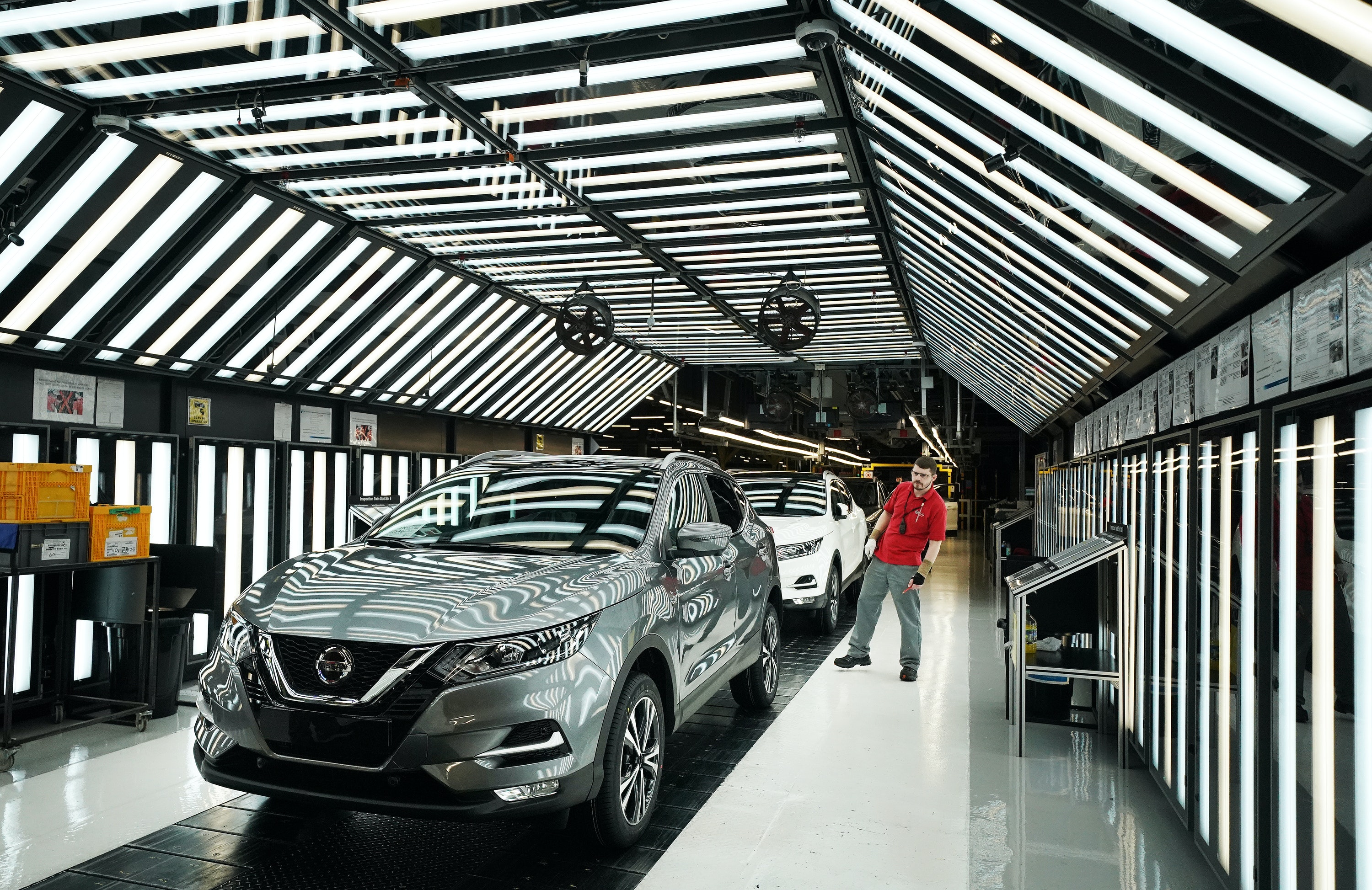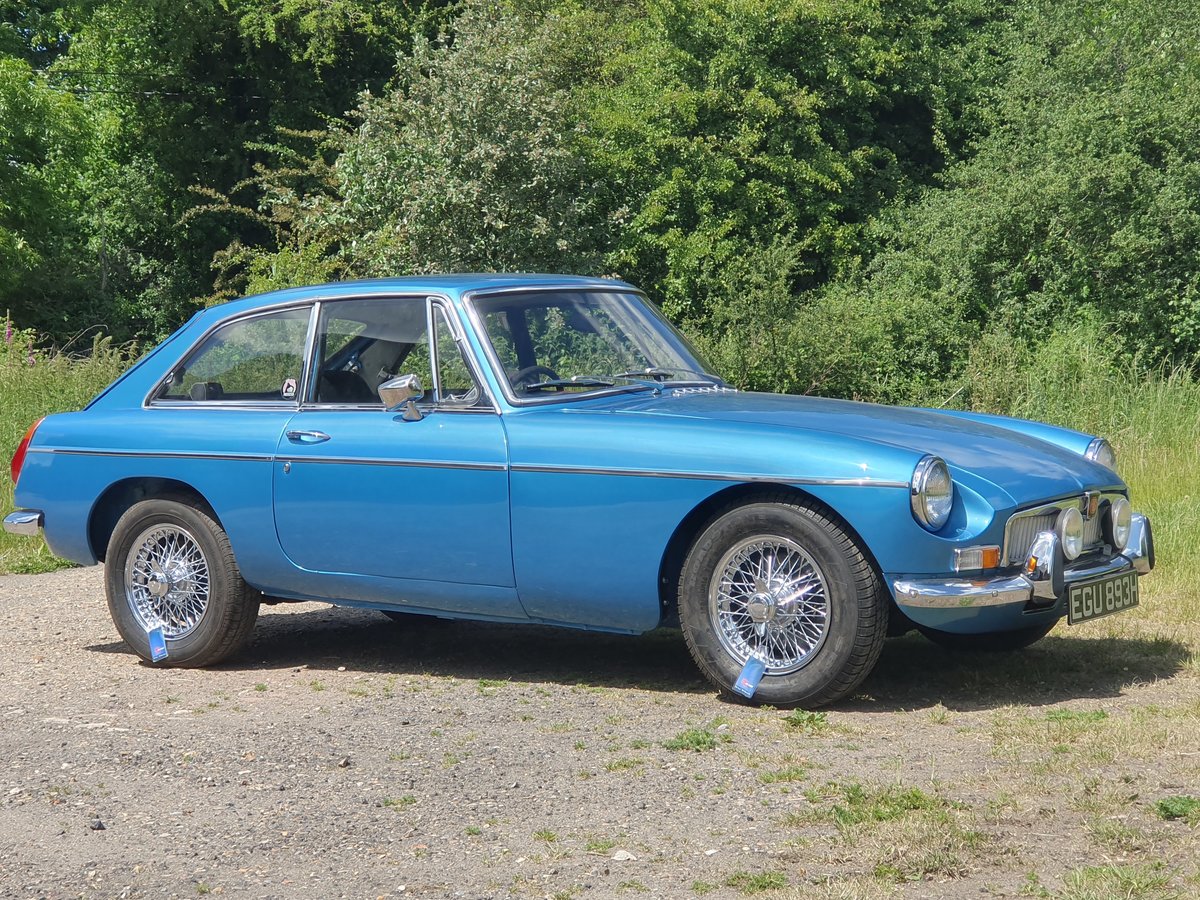The weather in the UK is cranking up and even though it’s set to drop away, it’s more than likely that it’ll begin to climb again once we enter summer proper. With more drivers on the road as lockdown measures ease, more people will find themselves getting hot in the car too.
So what are the features inside a car to help keep the heat at bay? And is there anything you can do to keep your car cool if you don’t have them? Let’s take a look.
Park in the shade
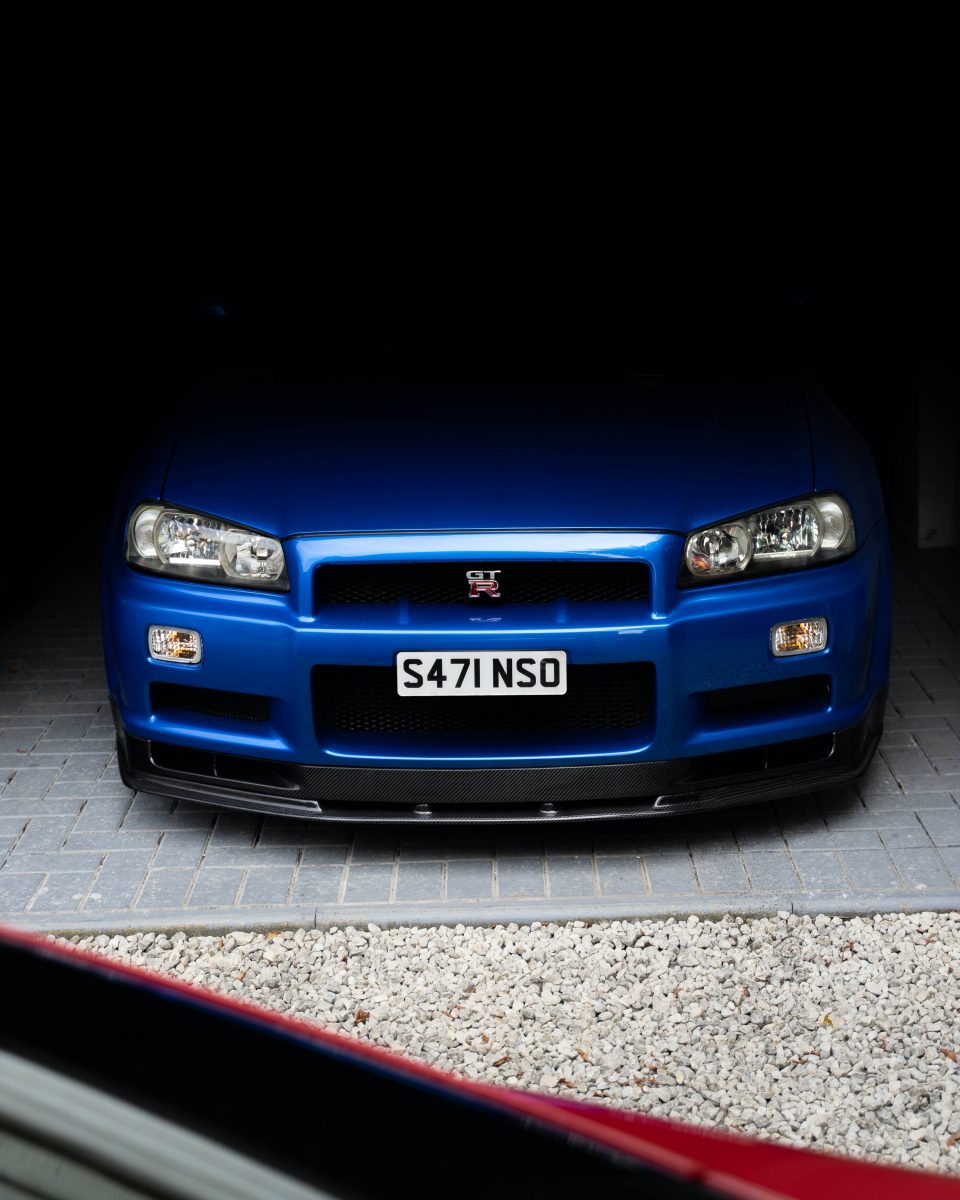
It’s a bit of a no-brainer, but parking your car out of direct sunlight is a sure-fire way of keeping it cooler as the mercury rises. Underneath a tree, overhanging branches block sunlight and stop it from cranking up the heat in your car’s interior.
Use a windscreen sunshield
If that must-have shady parking space has been taken, then a sunshield is the next best thing. Usually lined with a reflective material, it can help block a lot of the sun’s rays from entering into the cabin and warming it up.
Windows or air conditioning
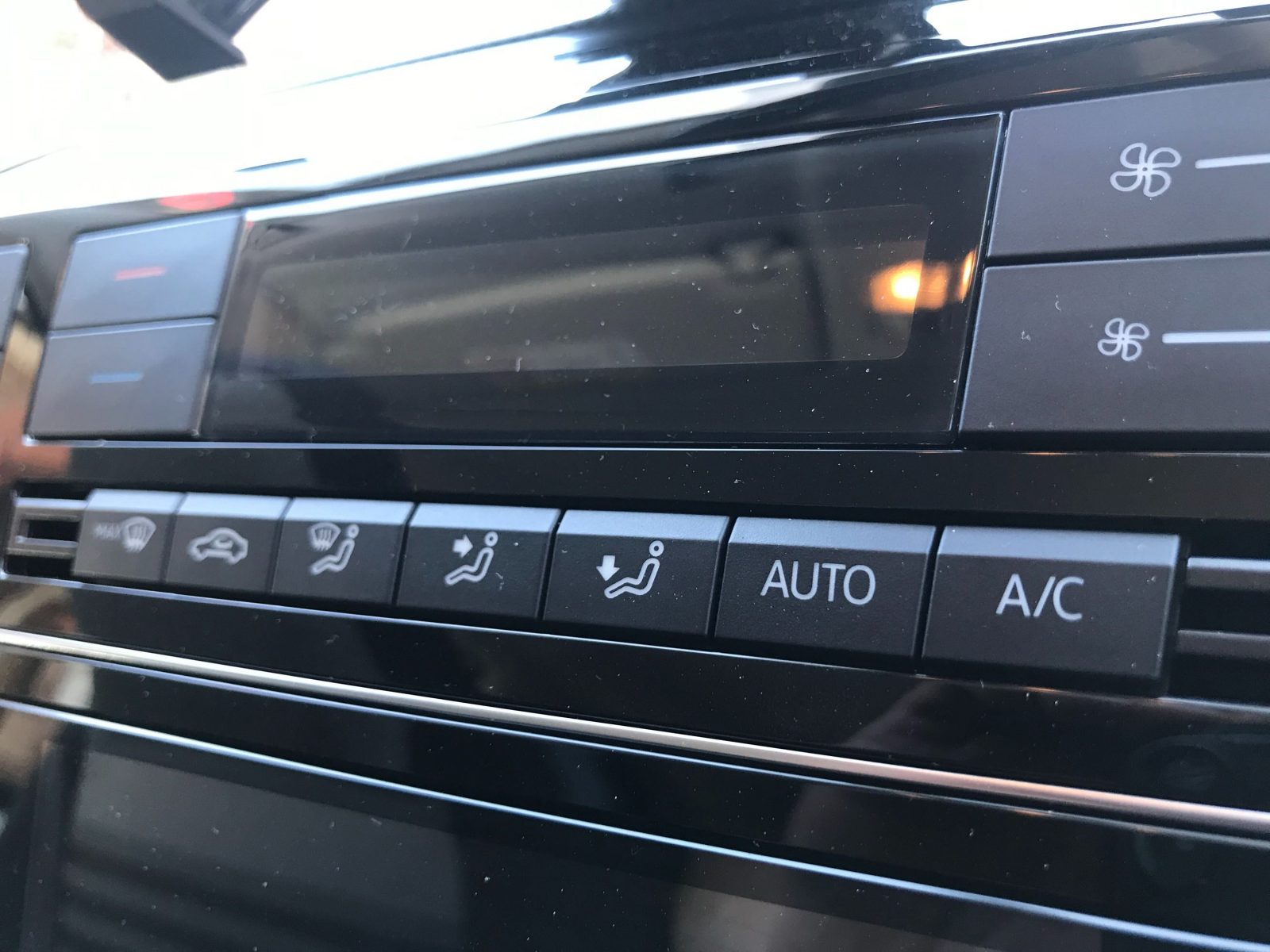
If your car hasn’t got air conditioning then there’s not much debate about how to stay cool when moving – drop the windows. However, what if you do have AC? At lower speeds, lowering the windows might be the best bet, but when travelling on the motorway it’s far more effective to use air-conditioning – it uses less fuel, too.
Cover the steering wheel
Ever gone back to a parked-up car after it’s been sat in the sun and jumped at the temperature of both the steering wheel and gearstick? Avoid this unpleasantness by putting a tea towel or other piece of fabric over each – it’ll keep them far cooler than if they were left exposed.
Cooling in-car features
If you’re looking at a new car, however, there are some features that you might want to have fitted – or see if they’re included in the case of a used car – for when things do get hot. Here are some of the best.
Climate control
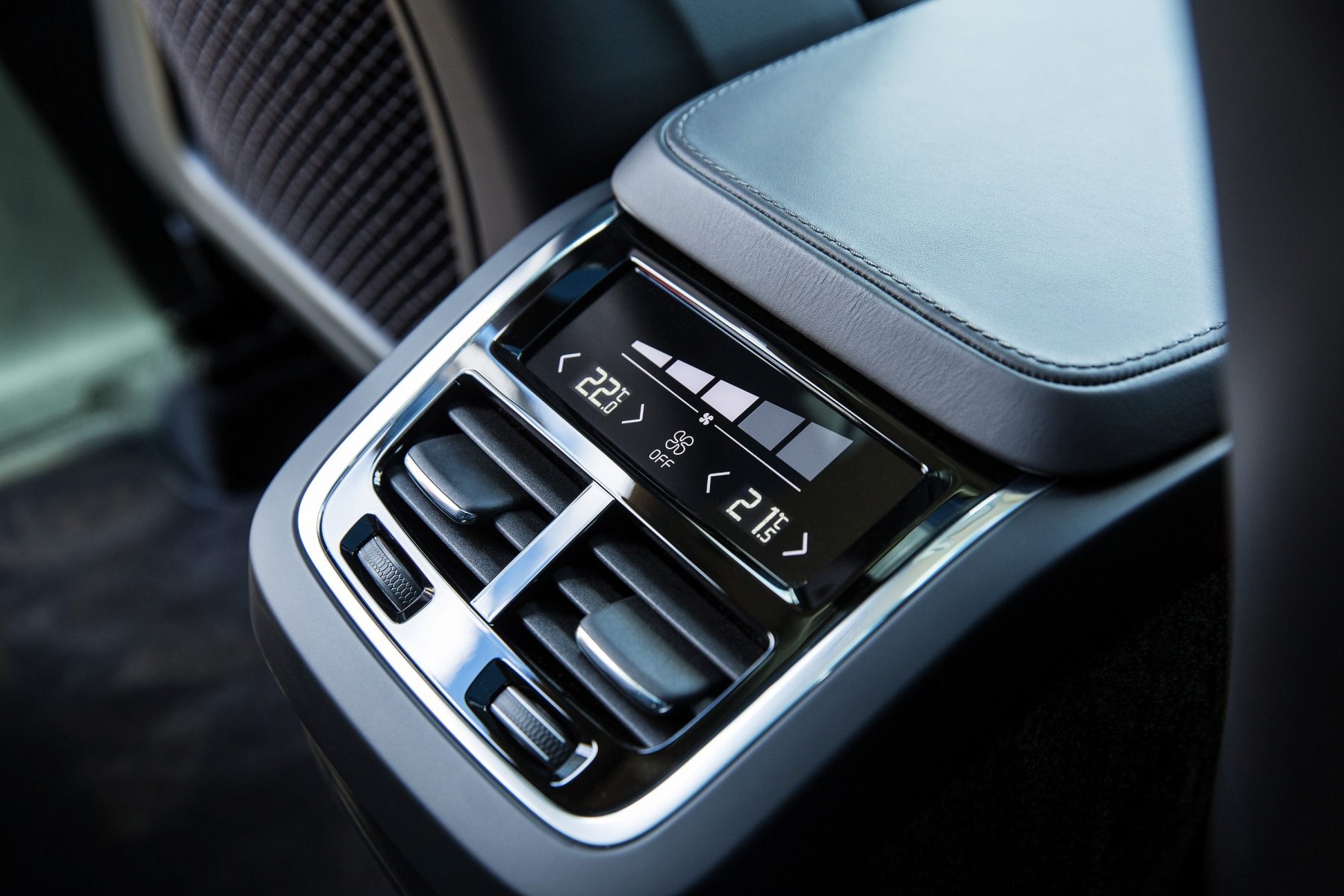
Climate control builds on standard air conditioning by actively monitoring the car’s temperature and adjusting the system accordingly. Some cars even have multi-zone climate control, which allows individual passengers to tailor the temperature to their liking. The system works just as well in winter when you want to warm things up too, making it doubly useful.
Ventilated seats
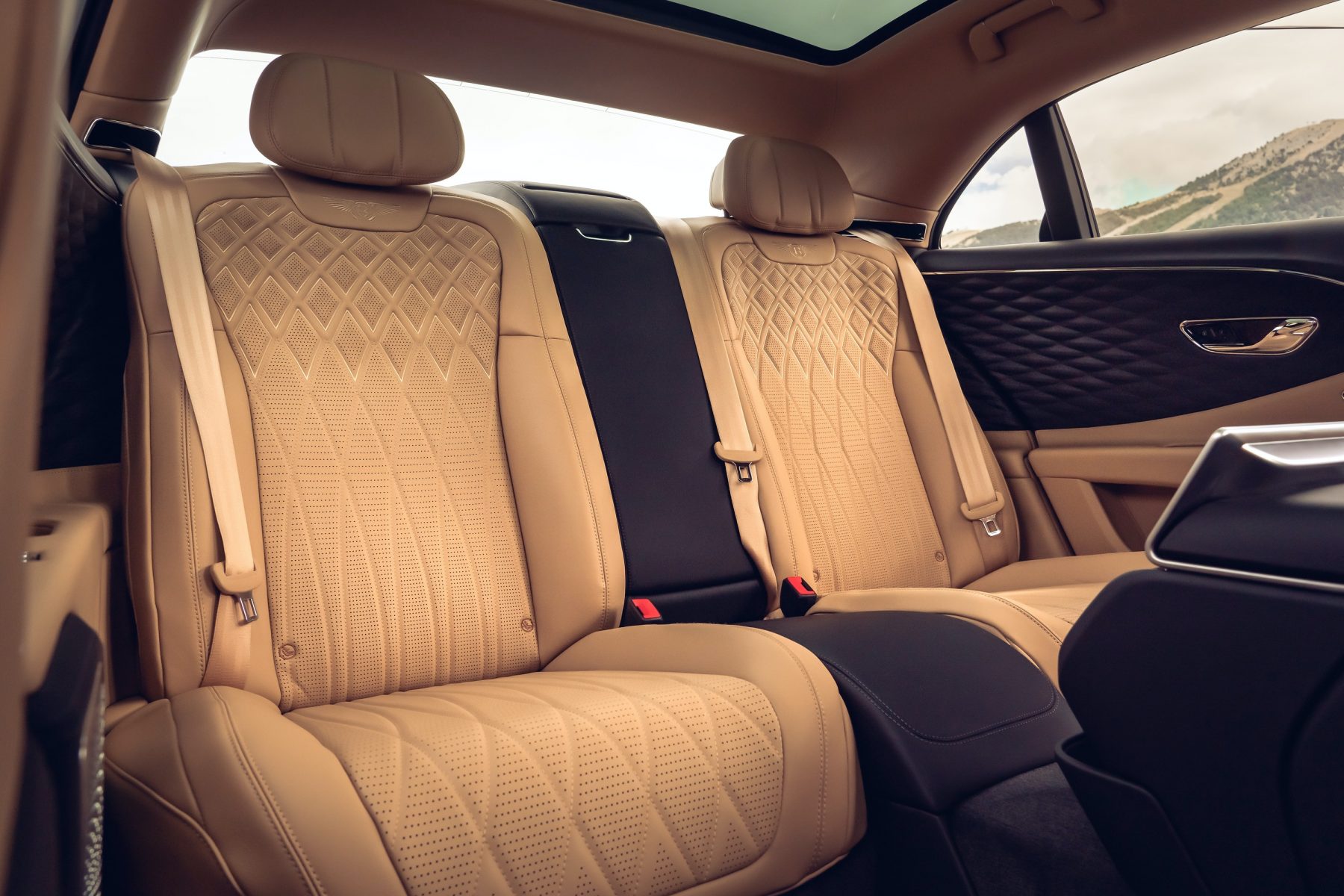
If the party-piece of any car in winter is heated seats, then in summer it has to be ventilated versions. These gently waft cool air through the seat base and back, ensuring that you stay as chilled as possible while on the move.
In-car fridge
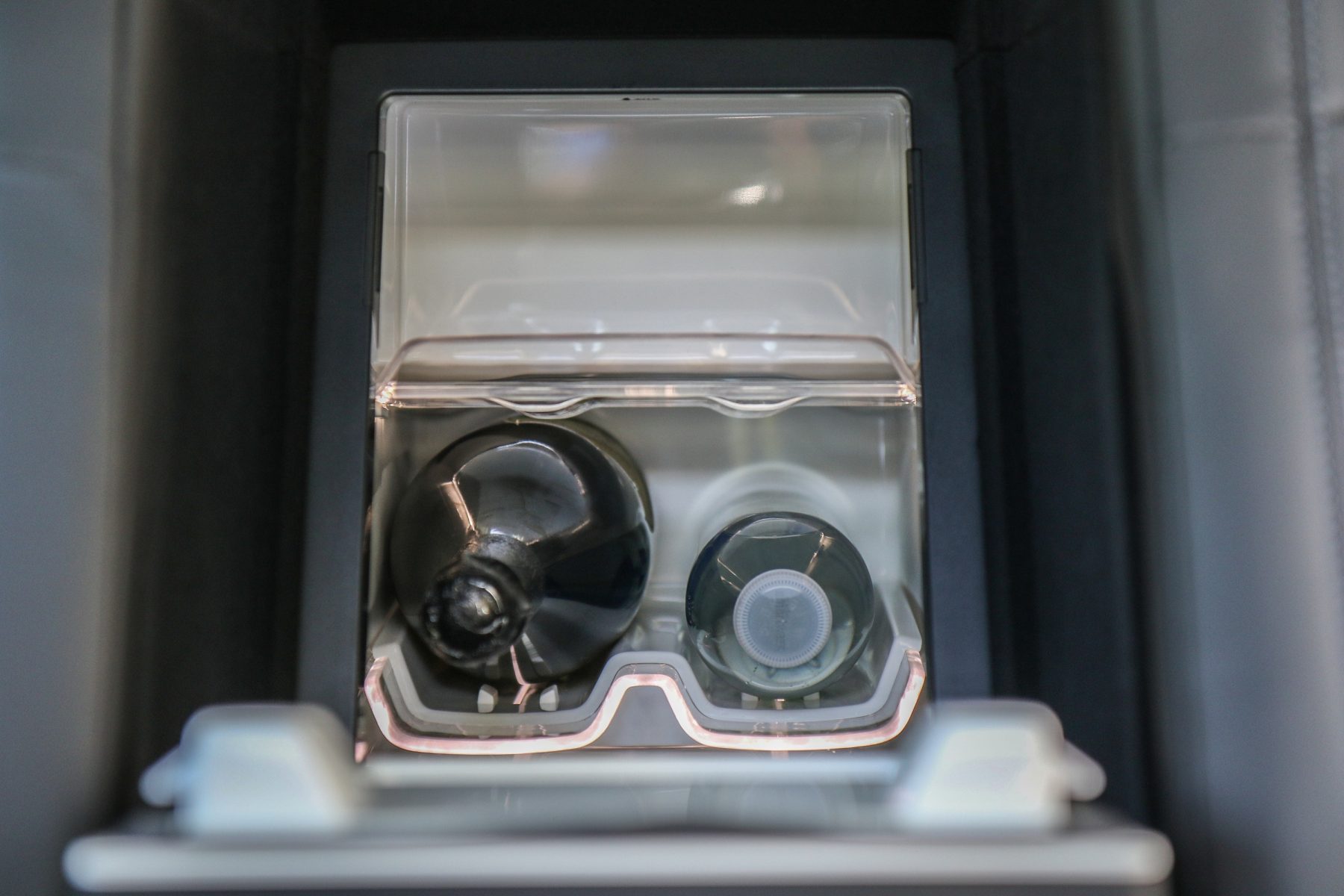
An in-car fridge gives you the ability to chill water, snacks or other drinks while you’re moving. It’s a common feature on many high-end models, though we’ll add a caveat; many of the plug-in fridges available from automotive retailers are just as good.
Convertible roof
If you’re after the breeziest car experience possible, then you’ll want a convertible. With the wind in your hair, even the hottest of days don’t seem quite as bad. Just make sure you’re wearing a hat and have topped up with sun cream – a ride in a convertible can be quite deceptive, with the sun feeling not quite as strong as it actually is thanks to that wind.
